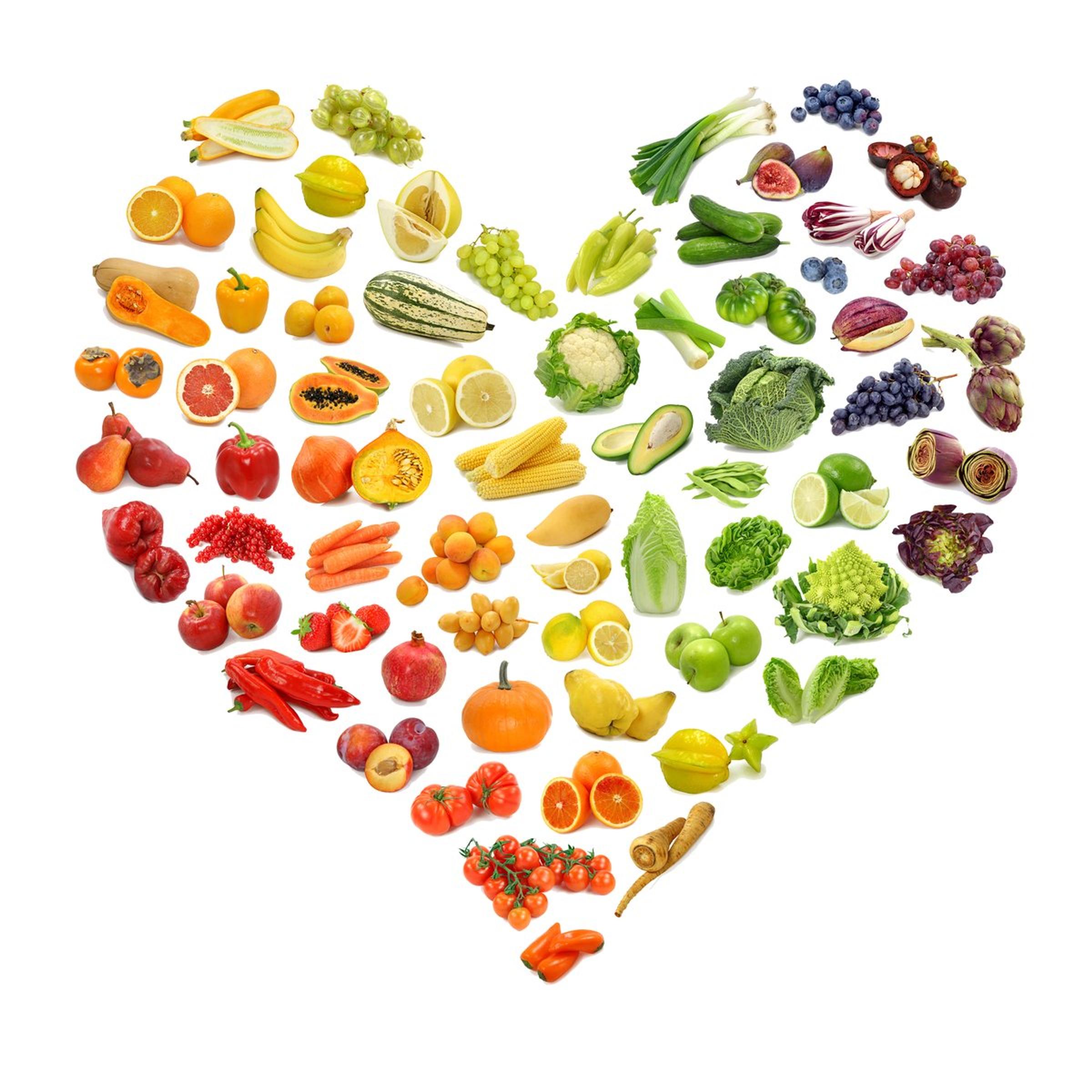SCHOOL NEWS

THE IMPORTANCE OF A BALANCED DIET
I included this article in the newsletter last year and if you did read it, I believe this information is so important that it is worth revisiting.
In 2013 the Australian Government’s National Health and Medical Research Centre revised the Australian Dietary Guidelines. There are five Guidelines. These are designed to promote health and wellbeing, and reduce the risk of diet-related conditions and chronic disease.
Although all Guidelines are important, I would like to emphasis Guideline Two in this newsletter.
Enjoy a wide variety of nutritious foods from these five food groups every day:
· Plenty of vegetables of different types and colours, and legumes/beans;
· Fruit;
· Grain (cereal) foods, mostly wholegrain and/or high cereal fibre varieties, such as breads, cereals, rice, pasta, noodles, polenta, couscous, oats, quinoa and barley;
· Lean meats and poultry, fish, eggs, tofu, nuts and seeds, and legumes/beans;
· Milk, yoghurt, cheese and/or their alternatives, mostly reduced fat;
· And drink plenty of water.
A wide variety of five food groups will give us all the nutrients necessary for optimal health. The results of a government survey identified that fruit and vegetables are the groups most lacking in the diets of our children. Even though these foods are offered they are not always eaten. Ever found an over ripened banana in the bottom of a school bag?
It is recommended that two pieces of fruit (not juice) and five different vegetables are consumed daily. If a vegetarian diet is being consumed, then the legumes/beans are included in the meat group. Unfortunately many young people include potato crisps as a vegetable and of course they are a high fat/salt snack food that should only be eaten occasionally. The survey also identified that vegetables and fruit, particularly green, orange and red vegetables, such as broccoli, carrots, capsicum and sweet potatoes, and leafy vegetables like spinach are what we need more of. It is also important to make breads or grains part of at least two meals most days, include lean meat or meat alternative as part of at least one meal a day and include a serve of low fat milk, yoghurt or cheese as a significant part of at least two meals or snacks.
The Australian Dietary Guidelines summary can be found at the website.
https://www.eatforhealth.gov.au/guidelines/australian-dietary-guidelines-1-5
Kind regards,
Susan Wilken
Community Health Liaison
